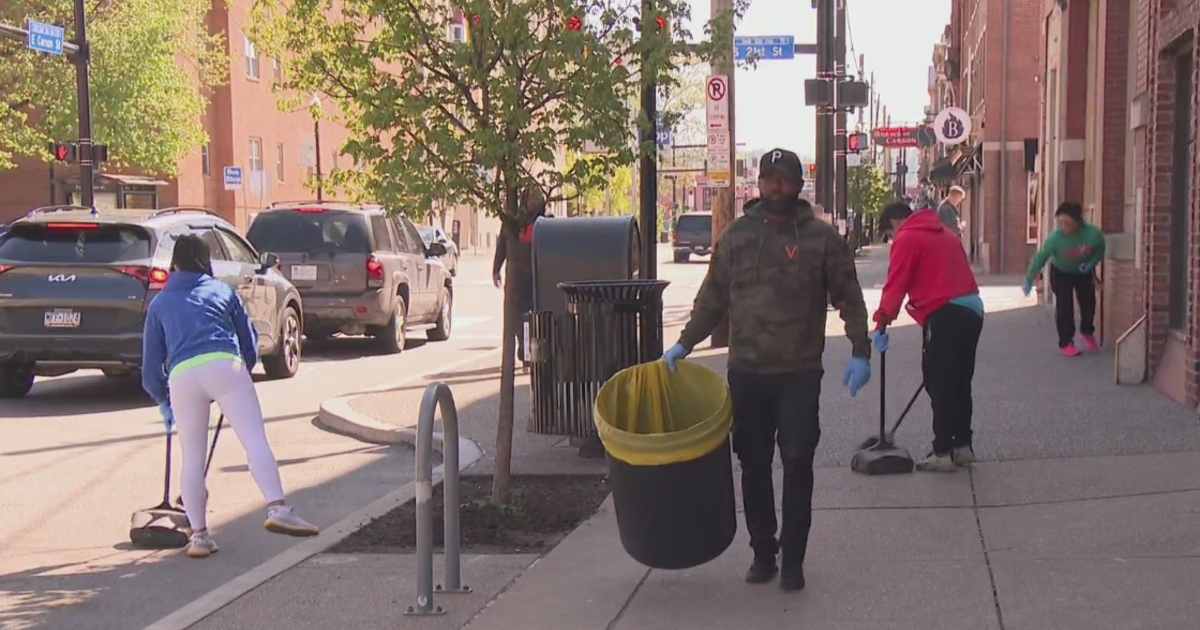New Topical Treatment For Skin Spots Showing Positive Results
Follow KDKA-TV: Facebook | Twitter
PITTSBURGH (KDKA) - Over many years, Gene Baumgarten grew spots.
"Seemed like they just multiplied on my back," he said.
The rough, raised, gray or brown spots are called seborrheic keratoses, more commonly known as wisdom spots.
"I've had a couple on my face that we removed," he said.
They are hereditary and benign, but they can be irritating.
"Sometimes they grow in areas, they rub against your clothing, they'll bleed if they're scratched, they might itch, they might be uncomfortable, but they never become skin cancers," says Dr. Brian Horvath of Horvath Dermatology.
If they are in visible areas, for instance, on the neck and face, some people want them removed. But, this isn't covered by insurance, and freezing them off or cutting them out surgically can leave a scar.
"You get a little tired of the pinch, pull, and snip part of it," says Gene, "I just wanted to get rid of them."
A few months ago, the Food and Drug Administration approved a different treatment -- something that goes right on the spot.
"This is an application of hydrogen peroxide in extreme high concentration," says Dr. Horvath. "We apply the medication using a pen-like applicator."
The keratosis absorbs the medicine, and after some chemical reaction, the skin sloughs off in the following days to weeks.
You can't use it around the eyes, but you can use it in areas with hair. Aside from a little stinging and redness, it has no remarkable side effects.
In studies, the treatment got rid of the spot in one out of five cases. In 70 percent, the spot was substantially reduced.
"It doesn't always make them go away entirely, but it will generally help them to improve," says Dr. Horvath.
You may need more than one application. And, some people do not respond at all to this expensive treatment.
"It's going to be at least $250 to $300 for one stick of medication, which may treat between three and six spots, depending on their sizes," says Dr. Horvath.
"A very slight burning and that was it. I could feel more pressure from him dispensing the medication than the burning," Gene says.
He was able to try a sample.
"I couldn't wait to try it," he says. "If it worked, I'd be willing to pay for it."
Two of his spots disappeared with the new treatment and two did not.
"Within three weeks, some of them were completely gone," he says, "This is great."




